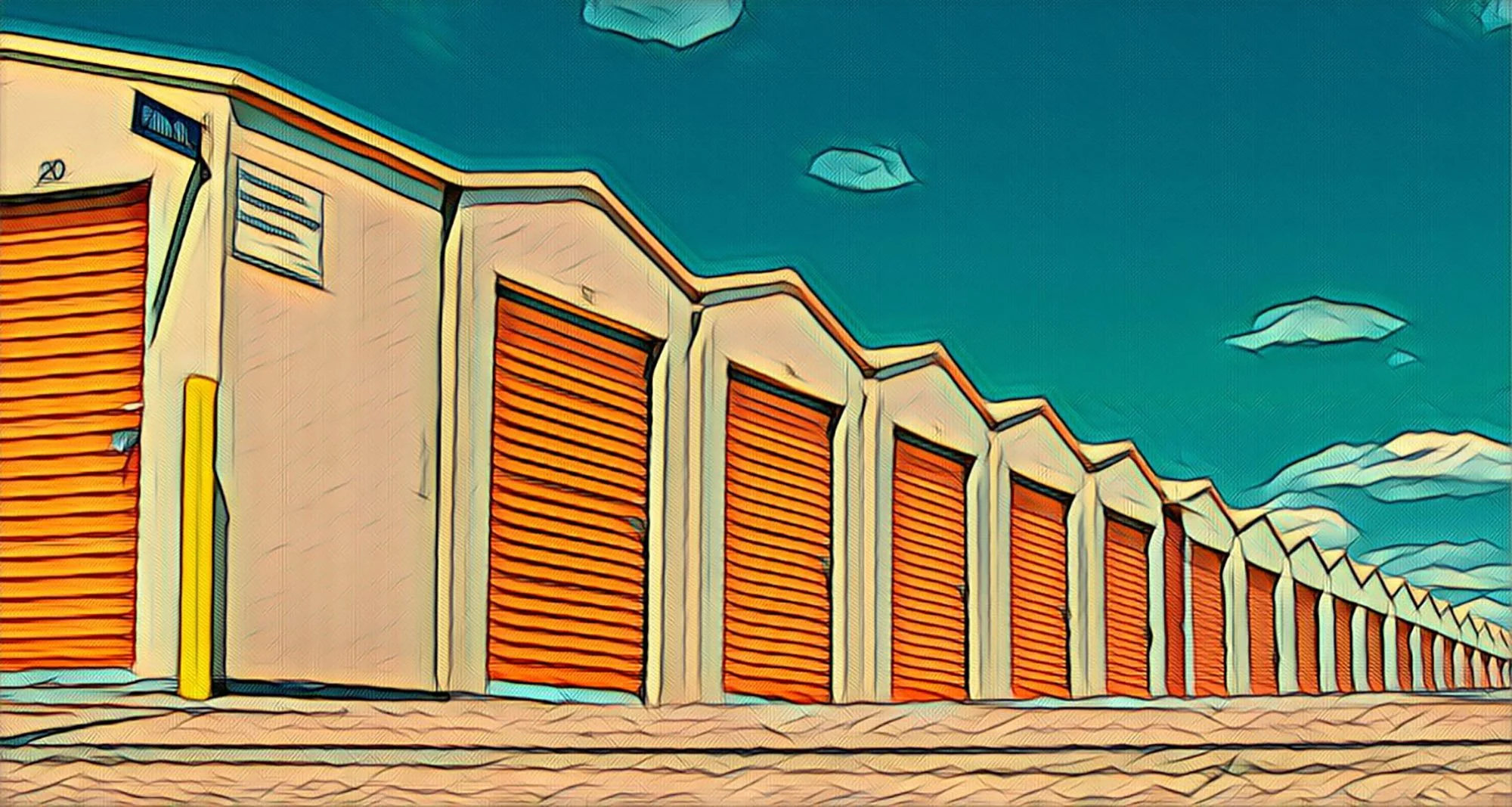How to Start a Self Storage Business
Self storage is a booming industry in the United States and Canada. In this article, we will explore how to start your own self storage business. We will look at the history of self storage, how many facilities are currently in operation, how lucrative the industry is, and how to go about buying or building your own facility. We will also discuss how to manage and operate a self storage facility, and finally how to sell your business when the time comes.
let's get started!
The History of Self Storage
Self storage has its origins in the 1960s, when people began to rent out space in their homes and garages to store other people's belongings. First seeing growth in California, the industry took off in the 1970s, as more and more people moved into urban areas and needed somewhere to store their belongings. Self storage facilities began popping up all over the country, and today there are over 50,000 of them in the United States alone.
How Many Self Storage Facilities Are There in the US and Canada?
There are approximately 50,000 self storage facilities in the United States and another 3000 in Canada. The industry is growing at a rate of about 12% per year. In addition, Canada is typically 10 years behind the US in industry growth, so you can expect the Canadian market to grow to 5,000 facilities in the next 10 years.
How Lucrative is the Self Storage Business?
Although self storage operates very similar to a hotel or apartment business model, it's actually considered a real estate industry, not hospitality. As a result, when investors evaluate a self storage business, they are looking at it through a slightly different lens than the hospitality industry, which can have large swings in seasonality and rely heavily on marketing initiatives.
The self storage business is very lucrative. To estimate the revenue and expenses there are a couple of tips that you'll need to know. First, the profit margin of a self storage business averages at around 65%. Second, most facilities have an occupancy between 65-85%. Of course, you will certainly find some with 95% occupancy and others with 50%, but typically they are between 65-85%. Third, you can calculate the revenue of a facility by taking the price of a standard unit, dividing by the square foot of that unit, and multiplying by the total square footage of the facility.
For example,
a large facility may have 40,000 square feet.
The price for a 5 x 10 is $52/week. So the revenue per square foot is $52/50 = $1.04
The weekly revenue for the whole facility, when 100% occupied, is $1.04 x 40,000 = $41,600.
This facility is only 1 year old, so it's only 50% occupied. $41,600 x 0.50 = $20,800 per week.
Yearly, this facility has revenue of $20,800 x 52 weeks in the year = $1,081,600 annual revenue.
The typical profit margin for a self storage facility is 65%. So the Costs for our facility are $1,081,600 x 0.65 = 705,040
The profit is $1,081,600 - $705,040 = $376,560
How to Buy a Self Storage Facility?
If you're looking to buy a self storage facility, you'll want to consider the following:
Location: The location of the facility is important for two reasons. First, it will determine the demographics of your customer base. Second, it will impact how easy or difficult it is to fill the facility. Your marketing costs are directly related to your occupancy and the price you can charge per squarefoot, so if you can save on costs by having a highly visible location, your in good shape.
Size: The size of the facility will also have a major impact on the price you pay. The larger the facility, the more expensive it will be.
Age: The age of the facility is also important. Older facilities will generally be less expensive, but they may need more repairs and maintenance. Newer facilities will be more expensive. Consumers also prefer newer-looking facilities, as a result you'll be able to charge higher prices.
Types of Units: The type of units will be a factor in how easy it is to rent the units. For example, facilitities located in downtown-city areas may have a higher demand for drive up units than suburbian facilities where many homes have garages. You can always renovate the units, but that eats into your start up costs
Amenities: If your facility has climate control, you'll be able to charge more per square foot than a non-climate controlled facility.
How to Manage a Self Storage Facility:
The key to managing a self storage facility are three main points: customer service, Your CMS, and maintenance and security.
Customer Service
One of the biggest mistakes we see with self storage prividers is that they don't have staff to answer the phone when leads arrive. This is a critical error since each lead can cost a business from $15 to $40 depending on where it came from. This drive up the cost of a rental which can be as low as $150 depending on the source of leads and the sales team and as high as $350 if you have low-quality leads and a poor sales team.
The second component of customer service is to keep your customers as long as possible. The average self storage customer stays 13 months in their unit, if you can get them to stay one month longer, that's an additional $20,800 x 4 weeks = $83,200.
Your CMS (Customer Management System)
Your CMS is where all of your customer contact information is stored. A good CMS will have the ability to do the following:
keep track of all customer communication
automate email and text communications
give you visibility into how your team is performing
monitor and set prices
provide a rental portal for your customers
There are many different options but only a few main players in the Self Storage industry. Choose wisely, because CMSs are not easy to switch once you've chosen one.
Maintenance and Security
You will need to have someone on call for maintenance and security concerns. We recommend having a live person at your facility during business hours, and someone on call after hours for emergencies. You can hire an independent contractor, or an employee to fill this role. If you choose to go the route of an independent contractor, be sure to have a well-documented process for them to follow. In the customer's eyes, you're number one goal is to keep their belongings safe, so good security and maintenance are a must.
In conclusion, these are the basics of how to start your own self storage business. Self storage is a great industry to be in, with plenty of room for growth. Be sure to do your research, and consult with experts before getting started. With a little hard work and dedication, you can be running a successful self storage business in no time!




